DNA Code Codon Worksheet
A DNA Code Codon Worksheet is a valuable learning tool designed specifically for biology students seeking to deepen their understanding of DNA and its role in the process of protein synthesis. This worksheet is perfect for high school and college students looking to grasp the intricate details of codons and their respective amino acids.
Table of Images 👆
More Other Worksheets
Kindergarten Worksheet My RoomSpanish Verb Worksheets
Cooking Vocabulary Worksheet
DNA Code Worksheet
Meiosis Worksheet Answer Key
Art Handouts and Worksheets
7 Elements of Art Worksheets
All Amendment Worksheet
Symmetry Art Worksheets
Daily Meal Planning Worksheet
What is DNA coding?
DNA coding is the process by which a sequence of DNA nucleotides encodes information that determines the genetic traits and characteristics of an organism. This coding involves specific combinations of nucleotide bases (adenine, thymine, cytosine, and guanine) that make up the genetic code and dictate the synthesis of proteins, which are essential for the structure and function of the organism.
What is the purpose of codons in DNA?
Codons in DNA serve as the genetic code that translates the sequence of nucleotides into specific amino acids during protein synthesis. Each codon consists of three nucleotides and corresponds to a specific amino acid or a "start" or "stop" signal in the genetic code. This coding system is essential for determining the sequence of amino acids in proteins, which in turn dictates the structure and function of the proteins produced by an organism.
How many nucleotides make up a codon?
A codon is composed of three nucleotides.
How many different codons are there in the genetic code?
There are 64 different codons in the genetic code. This includes 61 codons that code for amino acids and 3 stop codons (UAA, UAG, and UGA) that signal the end of protein synthesis.
What is the role of start codons in DNA coding?
Start codons, such as AUG, play a crucial role in DNA coding as they signal the beginning of a protein-coding sequence. When the ribosome encounters a start codon during the process of translation, it marks the point at which protein synthesis should begin, ensuring that the correct amino acid sequence is followed to create a functional protein. Without start codons, translation would not initiate at the correct location, leading to errors in protein synthesis.
What are stop codons and what do they signify?
Stop codons, also known as termination codons, are nucleotide sequences within messenger RNA (mRNA) that signal the end of protein synthesis during translation. They do not code for any amino acid but instead signify to the ribosome to stop the process of adding more amino acids to the growing polypeptide chain. When a stop codon is reached, a release factor binds to the ribosome, causing the ribosome to release the completed protein and the mRNA strand. This marks the completion of protein synthesis in a specific gene sequence.
How does the sequence of codons determine the order of amino acids in a protein?
The sequence of codons in messenger RNA (mRNA) determines the order of amino acids in a protein through the process of translation. Each codon consists of three nucleotides that correspond to a specific amino acid. Transfer RNA (tRNA) molecules with complementary anticodons bring the correct amino acids to the ribosome based on the mRNA codon sequence. As the ribosome moves along the mRNA, it assembles the amino acids in the order dictated by the codons, resulting in the formation of a polypeptide chain that folds into the specific protein structure based on the amino acid sequence.
Can a single codon code for multiple amino acids?
No, a single codon in the genetic code corresponds to only one specific amino acid. This is known as the genetic code's universality and specificity, where each codon has a specific assignment to one amino acid or a stop signal, ensuring accurate protein synthesis during translation.
What happens if there is a mutation in a codon sequence?
A mutation in a codon sequence can lead to several outcomes, depending on the type of mutation. It can result in a synonymous mutation, where the amino acid sequence remains the same, a missense mutation, where a different amino acid is incorporated into the protein, or a nonsense mutation, which creates a premature stop codon, leading to a truncated and potentially non-functional protein. These mutations can alter the structure and function of the protein, affecting normal cellular processes and potentially leading to genetic disorders or diseases.
How does the genetic code ensure accuracy during protein synthesis?
The genetic code ensures accuracy during protein synthesis primarily through the process of codon-anticodon recognition. The messenger RNA (mRNA) molecule carries the genetic information from DNA to the ribosome, where transfer RNA (tRNA) molecules with complementary anticodons bring specific amino acids to the ribosome. The anticodon on tRNA base pairs with the codon on mRNA, ensuring that the correct amino acid is added to the growing polypeptide chain. Additionally, proofreading mechanisms by the ribosome help to detect and correct errors during translation, further ensuring the accuracy of protein synthesis.
Have something to share?
Who is Worksheeto?
At Worksheeto, we are committed to delivering an extensive and varied portfolio of superior quality worksheets, designed to address the educational demands of students, educators, and parents.

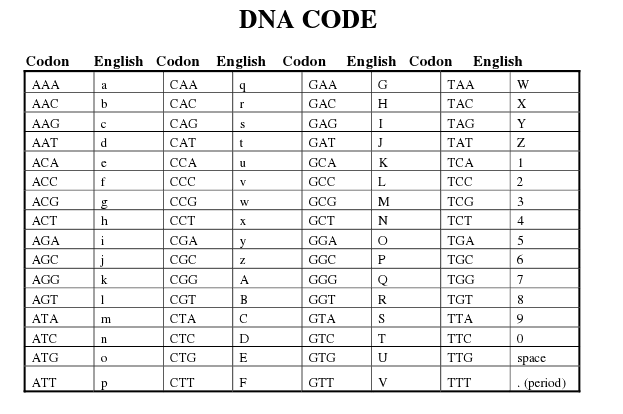



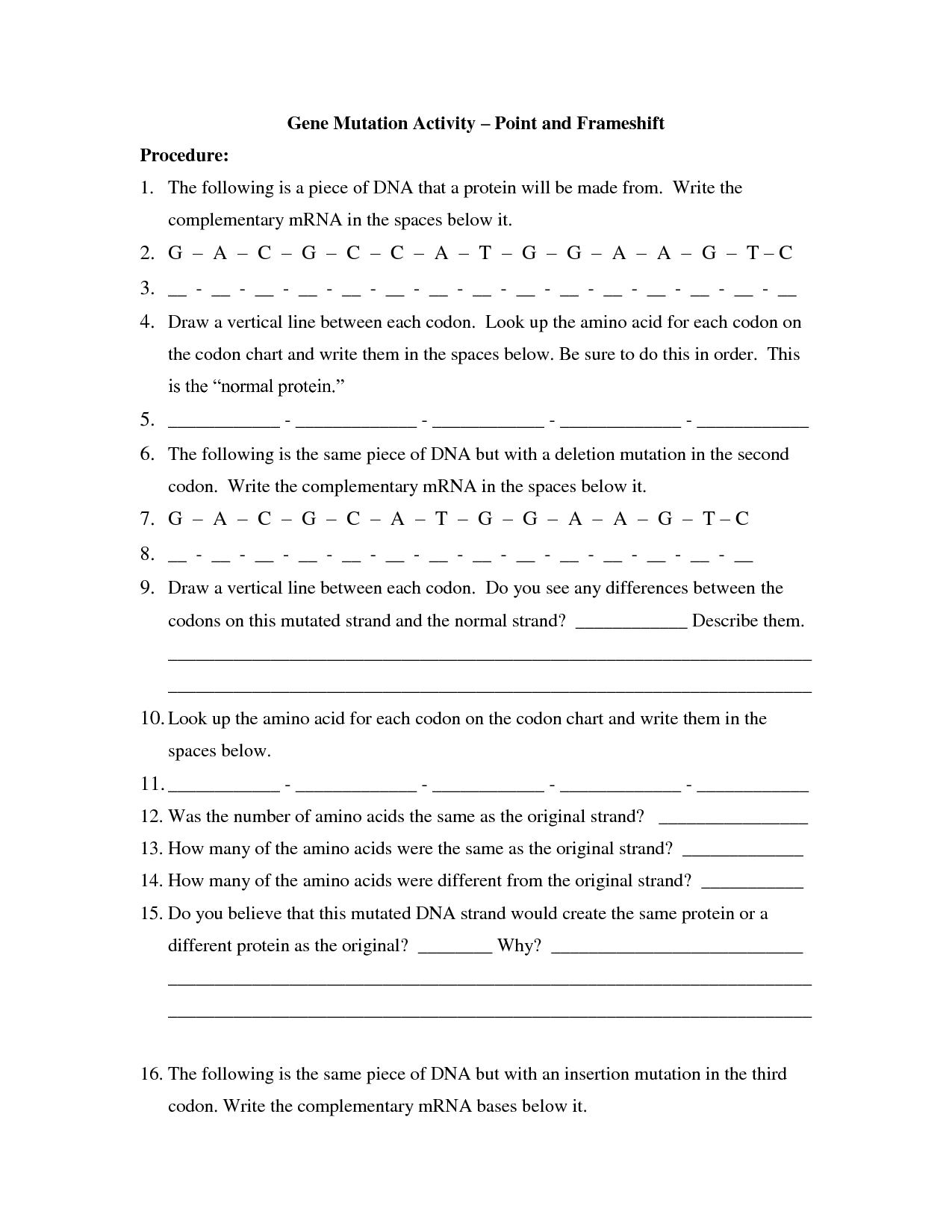
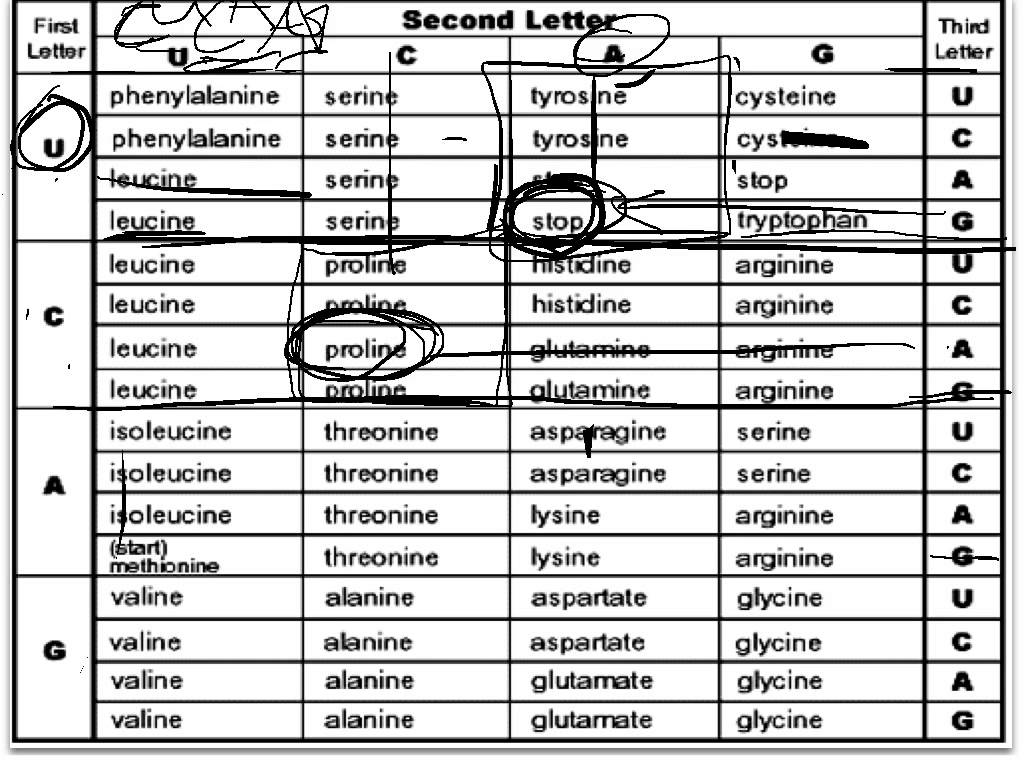

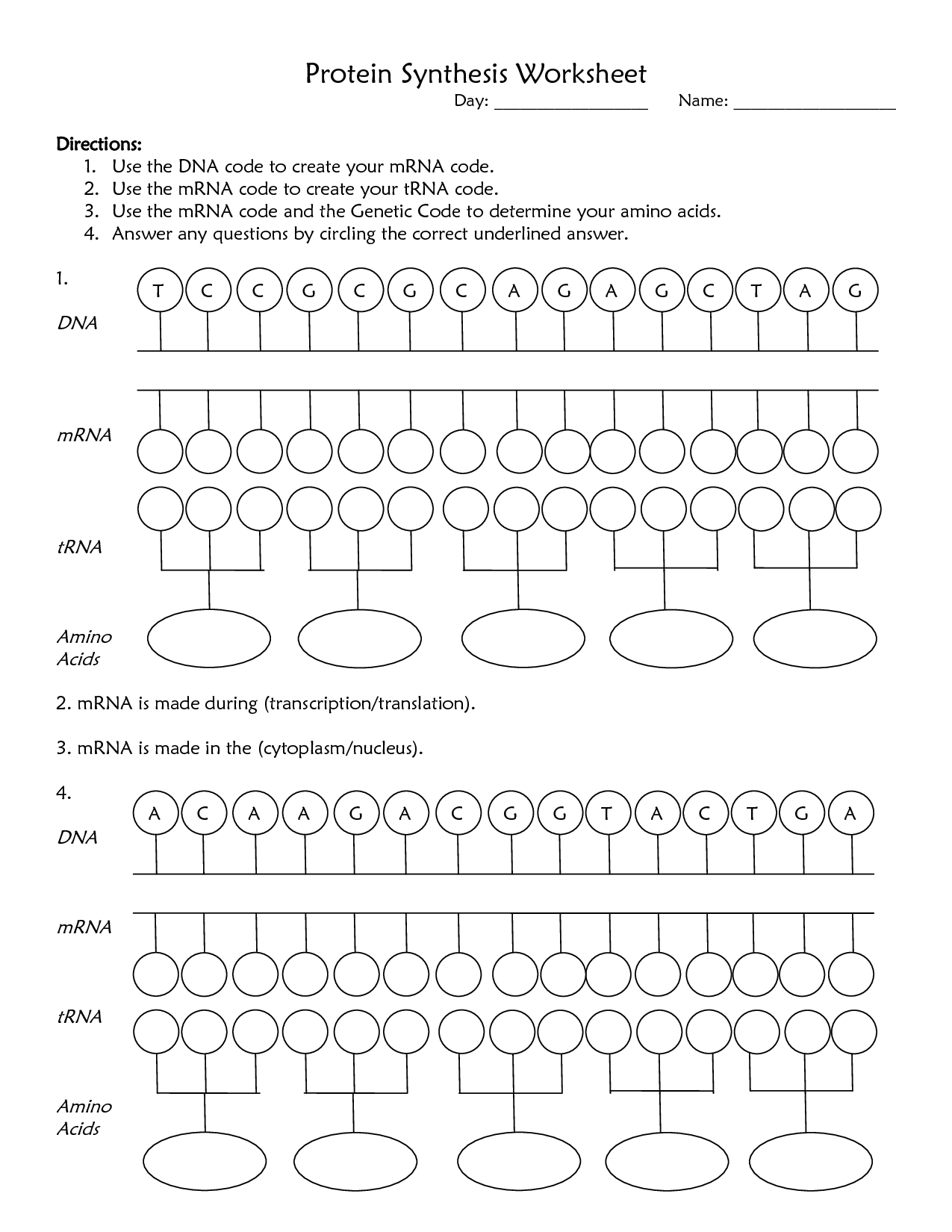
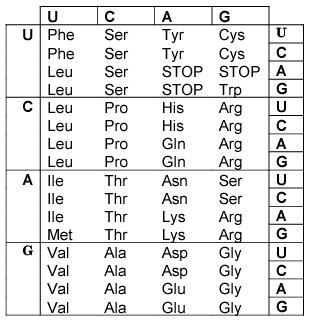
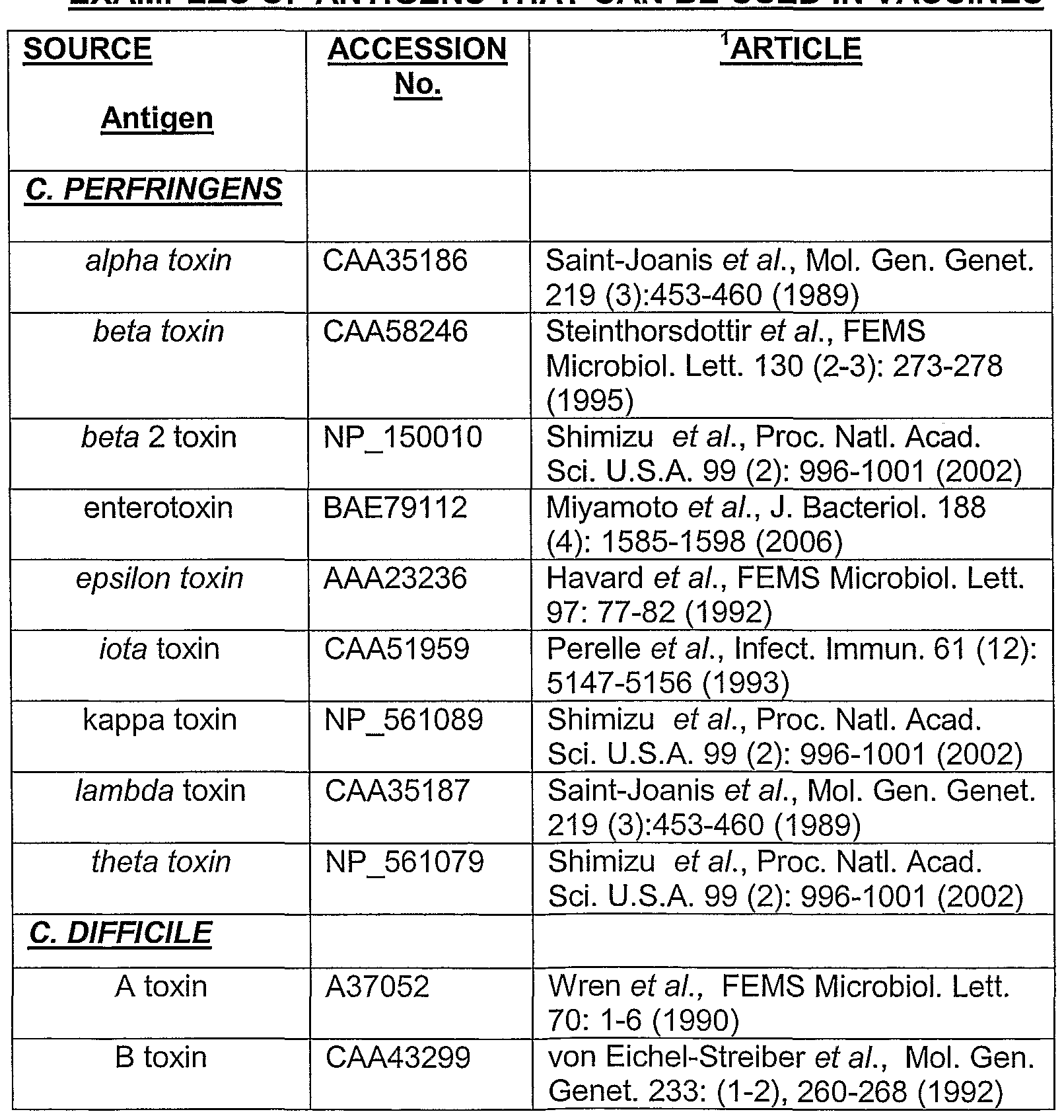
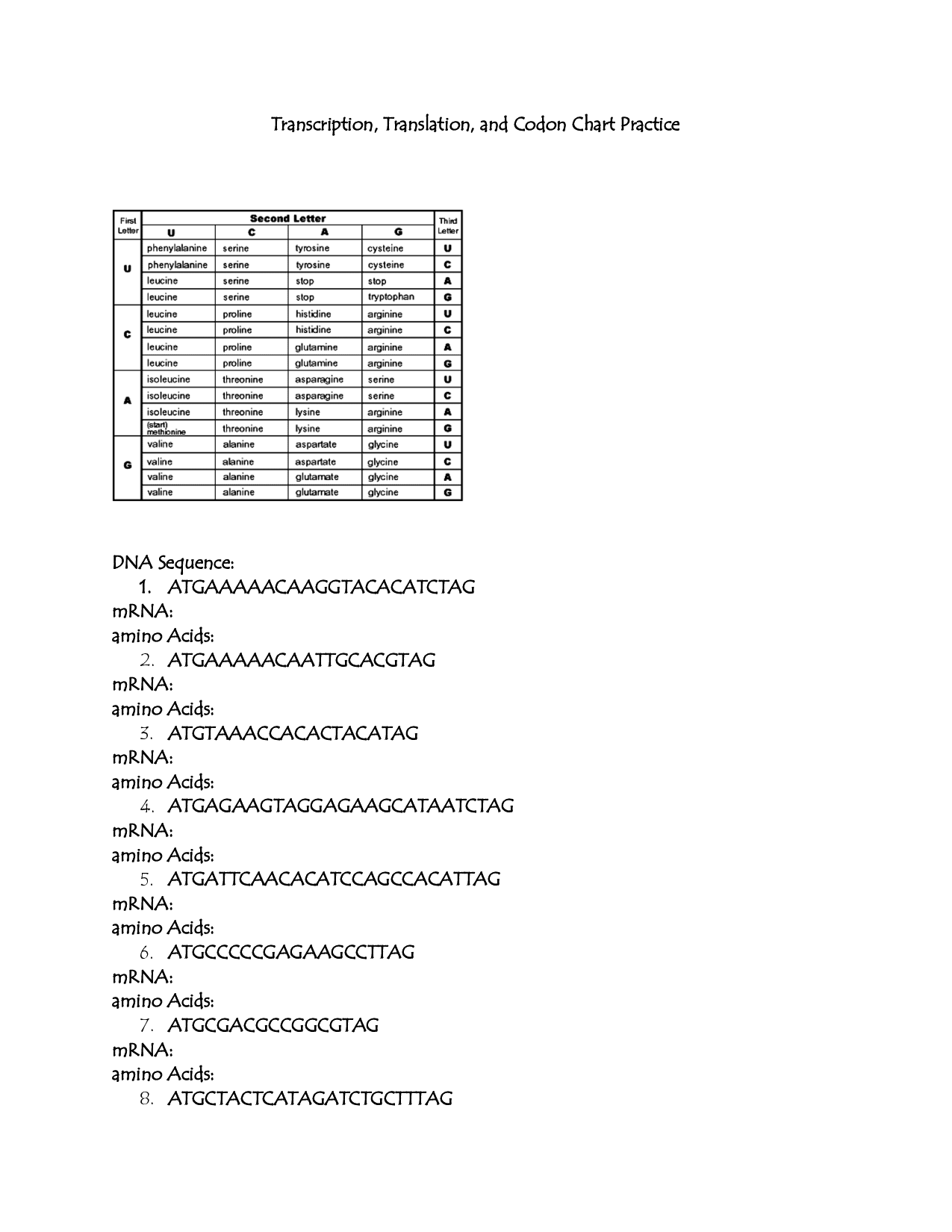














Comments